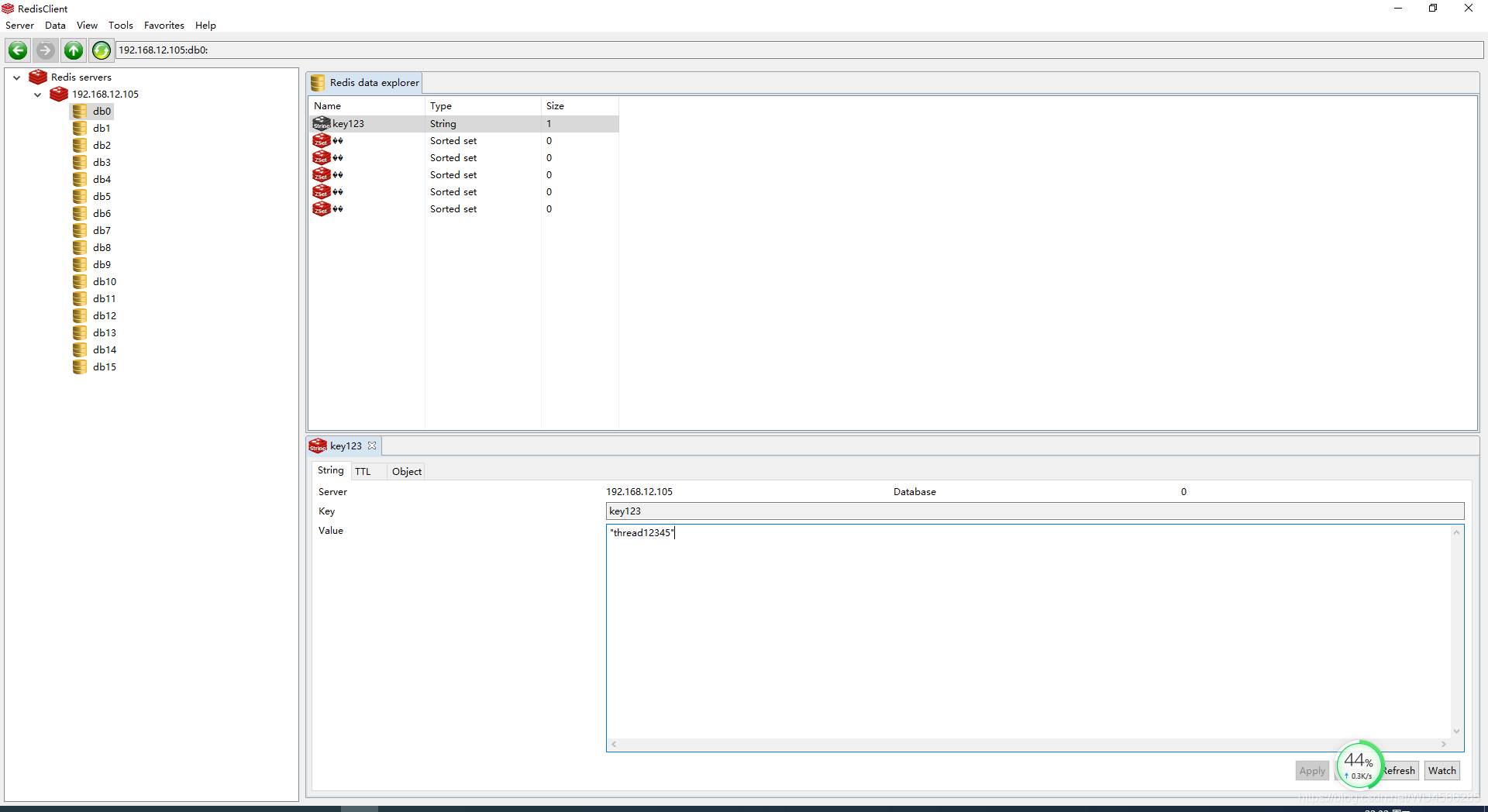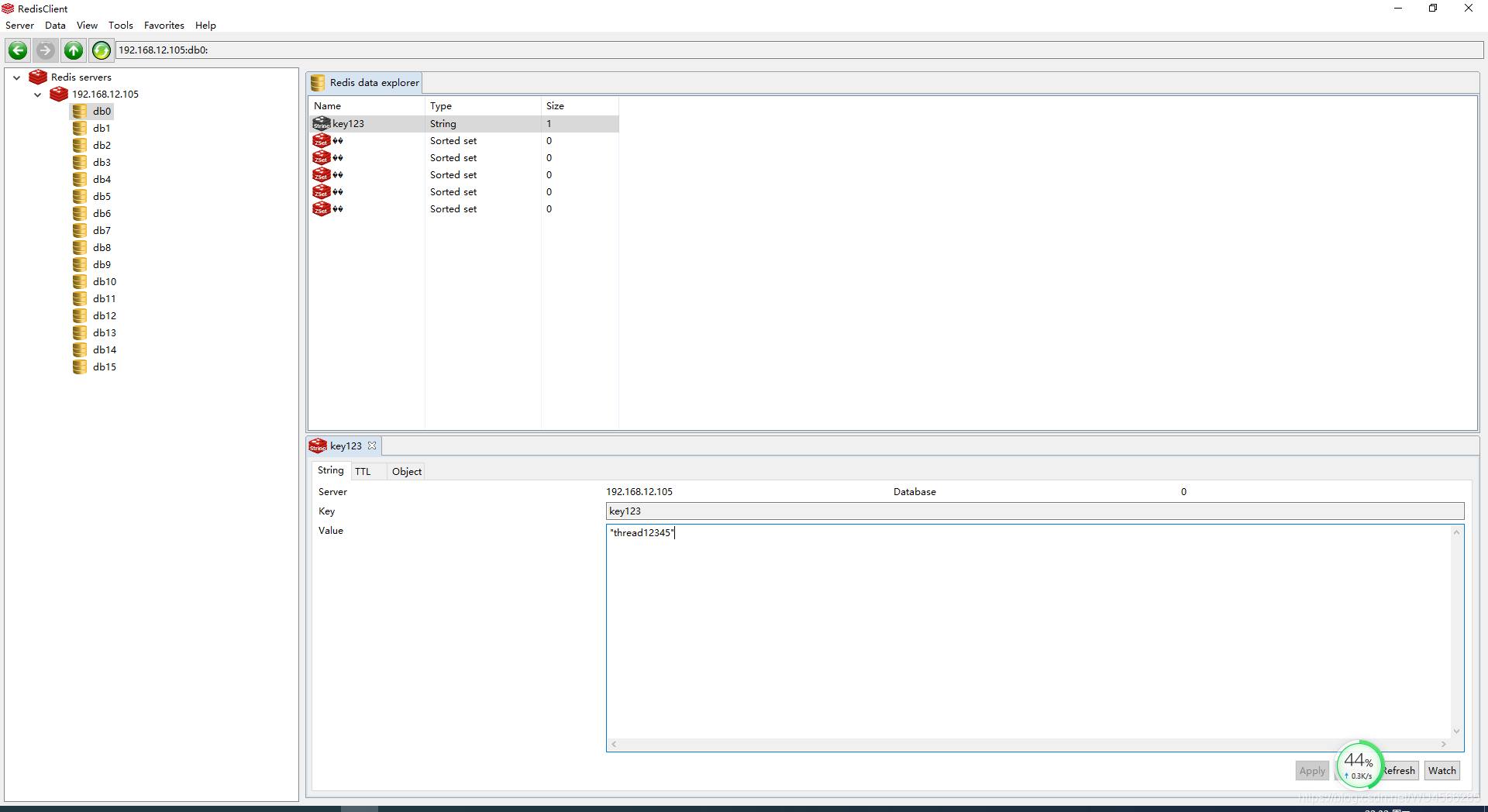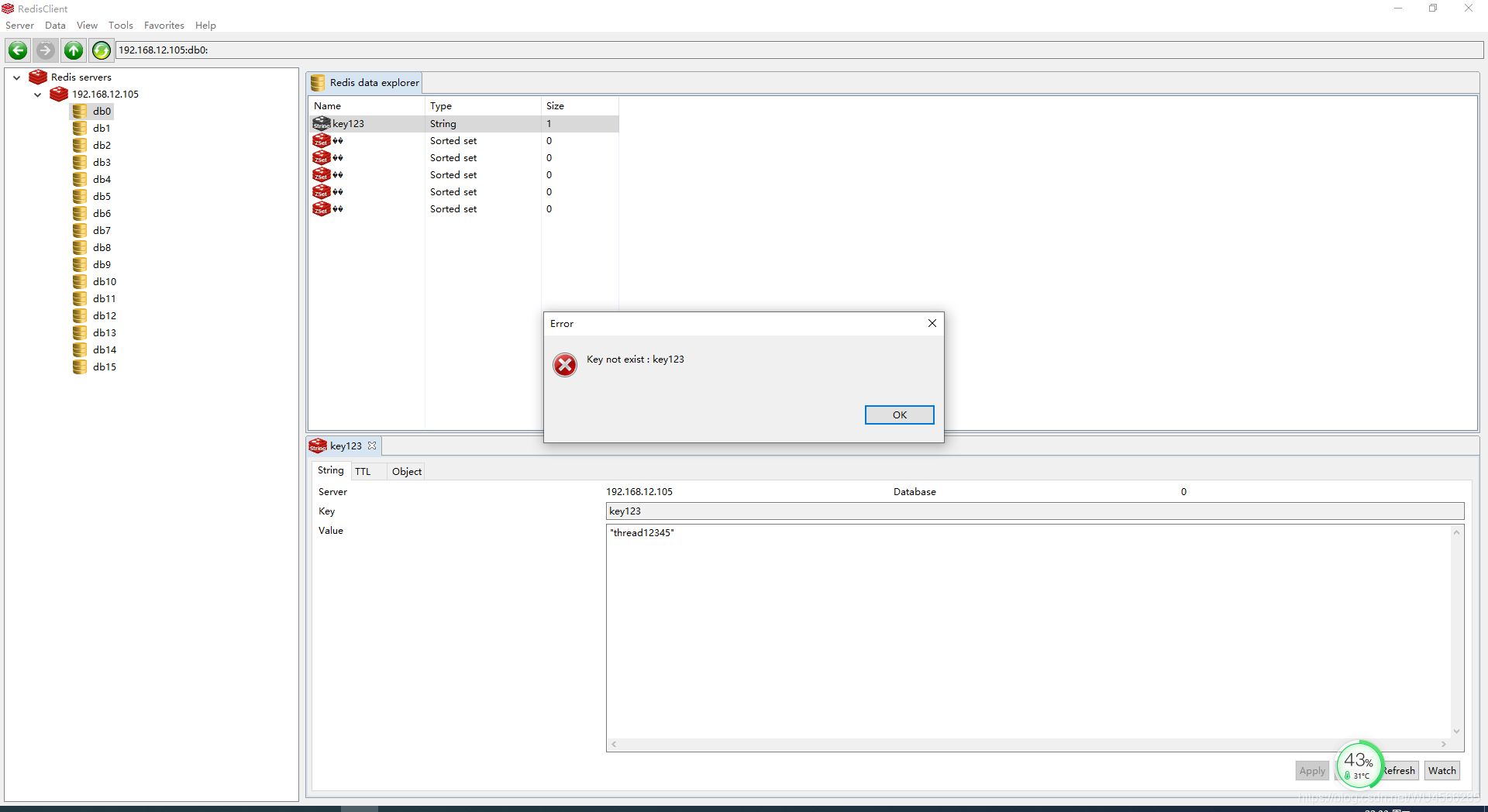基于Redis实现分布式锁的方法(lua脚本版)
来源:脚本之家
时间:2022-12-29 21:13:40 444浏览 收藏
IT行业相对于一般传统行业,发展更新速度更快,一旦停止了学习,很快就会被行业所淘汰。所以我们需要踏踏实实的不断学习,精进自己的技术,尤其是初学者。今天golang学习网给大家整理了《基于Redis实现分布式锁的方法(lua脚本版)》,聊聊分布式锁、Redislua脚本,我们一起来看看吧!
1、前言
在Java中,我们通过锁来避免由于竞争而造成的数据不一致问题。通常我们使用synchronized 、Lock来实现。但是Java中的锁只能保证在同一个JVM进程内中可用,在跨JVM进程,例如分布式系统上则不可靠了。
2、分布式锁
分布式锁,是一种思想,它的实现方式有很多,如基于数据库实现、基于缓存(Redis等)实现、基于Zookeeper实现等等。为了确保分布式锁可用,我们至少要确保锁的实现同时满足以下四个条件
- 互斥性:在任意时刻,只有一个客户端能持有锁。
- 不会发生死锁:即使客户端在持有锁的期间崩溃而没有主动解锁,也能保证后续其他客户端能加锁。
- 具有容错性:只要大部分的Redis节点正常运行,客户端就可以加锁和解锁。
- 解铃还须系铃人:加锁和解锁必须是同一个客户端,客户端自己不能把别人加的锁给解了。
3、基于Redis实现分布式锁
以下代码实现了基于redis中间件的分布式锁。加锁的过程中为了保障setnx(设置KEY)和expire(设置超时时间)尽可能在一个事务中,使用到了lua脚本的方式,将需要完成的指令一并提交到redis中;
3.1、RedisConfig.java
package com.demo.configuration;
import org.springframework.context.annotation.Bean;
import org.springframework.context.annotation.Configuration;
import org.springframework.data.redis.connection.RedisConnectionFactory;
import org.springframework.data.redis.core.RedisTemplate;
import org.springframework.data.redis.serializer.GenericJackson2JsonRedisSerializer;
import org.springframework.data.redis.serializer.StringRedisSerializer;
@Configuration
public class RedisConfig {
@Bean
public RedisTemplate<string object> redisTemplate(RedisConnectionFactory factory) {
RedisTemplate<string object> template = new RedisTemplate();
template.setConnectionFactory(factory);
// key采用String的序列化方式
template.setKeySerializer(new StringRedisSerializer());
// value序列化方式采用jackson
template.setValueSerializer(new GenericJackson2JsonRedisSerializer());
template.afterPropertiesSet();
return template;
}
}</string></string>
3.2、RedisLockController.java
package com.demo.controller;
import org.springframework.beans.factory.annotation.Autowired;
import org.springframework.core.io.ClassPathResource;
import org.springframework.data.redis.core.RedisTemplate;
import org.springframework.data.redis.core.script.DefaultRedisScript;
import org.springframework.scripting.support.ResourceScriptSource;
import org.springframework.web.bind.annotation.PathVariable;
import org.springframework.web.bind.annotation.RequestMapping;
import org.springframework.web.bind.annotation.RestController;
import java.util.Arrays;
@RestController
@RequestMapping("/redis")
public class RedisLockController {
@Autowired
private RedisTemplate<string object> redisTemplate;
@RequestMapping(value = "/lock/{key}/{uid}/{expire}")
public Long lock(@PathVariable("key") String key, @PathVariable("uid") String uid, @PathVariable("expire") Integer expire) {
Long result = null;
try {
//调用lua脚本并执行
DefaultRedisScript<long> redisScript = new DefaultRedisScript();
redisScript.setResultType(Long.class);//返回类型是Long
//lua文件存放在resources目录下的redis文件夹内
redisScript.setScriptSource(new ResourceScriptSource(new ClassPathResource("redis/redis_lock.lua")));
result = redisTemplate.execute(redisScript, Arrays.asList(key), uid, expire);
System.out.println("lock==" + result);
} catch (Exception e) {
e.printStackTrace();
}
return result;
}
@RequestMapping(value = "/unlock/{key}/{uid}")
public Long unlock(@PathVariable("key") String key, @PathVariable("uid") String uid) {
Long result = null;
try {
//调用lua脚本并执行
DefaultRedisScript<long> redisScript = new DefaultRedisScript();
redisScript.setResultType(Long.class);//返回类型是Long
//lua文件存放在resources目录下的redis文件夹内
redisScript.setScriptSource(new ResourceScriptSource(new ClassPathResource("redis/redis_unlock.lua")));
result = redisTemplate.execute(redisScript, Arrays.asList(key), uid);
System.out.println("unlock==" + result);
} catch (Exception e) {
e.printStackTrace();
}
return result;
}
}</long></long></string>
3.3、redis_lock.lua
if redis.call('setnx',KEYS[1],ARGV[1]) == 1 then
return redis.call('expire',KEYS[1],ARGV[2])
else
return 0
end
3.4、redis_unlock.lua
if redis.call("exists",KEYS[1]) == 0 then
return 1
end
if redis.call('get',KEYS[1]) == ARGV[1] then
return redis.call('del',KEYS[1])
else
return 0
end
4、测试效果
key123为key,thread12345为value标识锁的主人,300为该锁的超时时间
加锁:锁主人为thread12345
http://127.0.0.1:8080/redis/lock/key123/thread12345/300
解锁:解锁人为thread123456
http://127.0.0.1:8080/redis/unlock/key123/thread123456
解锁:解锁人为thread12345
http://127.0.0.1:8080/redis/unlock/key123/thread12345
4.1、加锁,其他人解锁


thread12345加的锁,thread123456是解不了的,只有等thread12345自己解锁或者锁的超时时间过期
4.2、加锁,自己解锁



thread12345加的锁,thread12345自己随时可以解锁,也可以等锁的超时时间过期
5、总结
- 使用Redis锁,会有业务未执行完,锁过期的问题,也就是锁不具有可重入性的特点。
- 使用Redis锁,在尝试获取锁的时候,是非阻塞的,不满足在一定期限内不断尝试获取锁的场景。
- 以上两点,都可以采用Redisson锁解决。
本篇关于《基于Redis实现分布式锁的方法(lua脚本版)》的介绍就到此结束啦,但是学无止境,想要了解学习更多关于数据库的相关知识,请关注golang学习网公众号!
-
366 收藏
-
484 收藏
-
235 收藏
-
391 收藏
-
495 收藏
-
282 收藏
-
391 收藏
-
189 收藏
-
146 收藏
-
327 收藏
-
143 收藏
-
228 收藏
-
377 收藏
-
418 收藏
-
403 收藏
-
112 收藏
-
252 收藏
-

- 前端进阶之JavaScript设计模式
- 设计模式是开发人员在软件开发过程中面临一般问题时的解决方案,代表了最佳的实践。本课程的主打内容包括JS常见设计模式以及具体应用场景,打造一站式知识长龙服务,适合有JS基础的同学学习。
- 立即学习 543次学习
-

- GO语言核心编程课程
- 本课程采用真实案例,全面具体可落地,从理论到实践,一步一步将GO核心编程技术、编程思想、底层实现融会贯通,使学习者贴近时代脉搏,做IT互联网时代的弄潮儿。
- 立即学习 516次学习
-

- 简单聊聊mysql8与网络通信
- 如有问题加微信:Le-studyg;在课程中,我们将首先介绍MySQL8的新特性,包括性能优化、安全增强、新数据类型等,帮助学生快速熟悉MySQL8的最新功能。接着,我们将深入解析MySQL的网络通信机制,包括协议、连接管理、数据传输等,让
- 立即学习 500次学习
-

- JavaScript正则表达式基础与实战
- 在任何一门编程语言中,正则表达式,都是一项重要的知识,它提供了高效的字符串匹配与捕获机制,可以极大的简化程序设计。
- 立即学习 487次学习
-

- 从零制作响应式网站—Grid布局
- 本系列教程将展示从零制作一个假想的网络科技公司官网,分为导航,轮播,关于我们,成功案例,服务流程,团队介绍,数据部分,公司动态,底部信息等内容区块。网站整体采用CSSGrid布局,支持响应式,有流畅过渡和展现动画。
- 立即学习 485次学习
